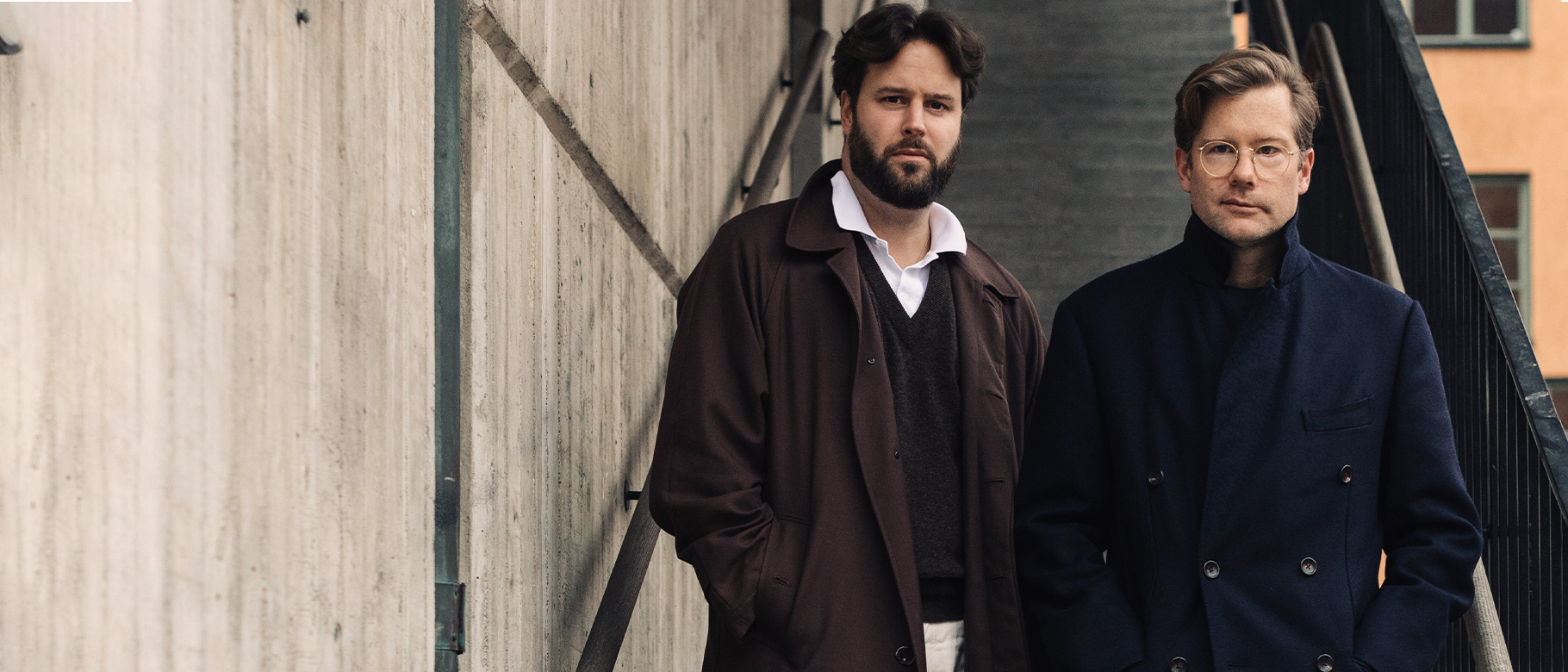

It can be surprisingly difficult to curate a wardrobe of essential pieces, the kind you can throw on without a care in the world and know you’re going to look good. There’s the colour palette, and the need for complementary tones that don’t clash; there’s settling on a particular style and the blending of smart and casual pieces, which is tricky business in itself. An easy solution is to shop at Rubato. The Swedish label has only been around for a few years, but it’s quickly established itself as a major player in elevated, refined clothing, the likes of which is rooted in classic design yet updated with subtle contemporary details.
‘Effortless’ is a word bandied about a lot in the menswear world, but it truly does apply here. What started as a knitwear enterprise quickly developed into a fully fledged outfitters, consisting of elegant military-inspired chinos, Japanese made selvedge denim jeans, and chain-stitched work shirts cut from slubby chambray. These are easy to wear items made from interesting, tactile fabrics but with a vintage sensibility. Which makes sense, as proprietors Carl Pers and Oliver Dannefalk originally met in one of Stockholm’s premier vintage shops. “I was a customer of the shop, which Oliver ran,” says Carl. “I was working in a totally different line of business at that time, but felt I needed a change, and just asked Oliver out of the blue if he had an opening for someone else. It turned out he actually did, so I left my old job and started working with Oliver part-time.”
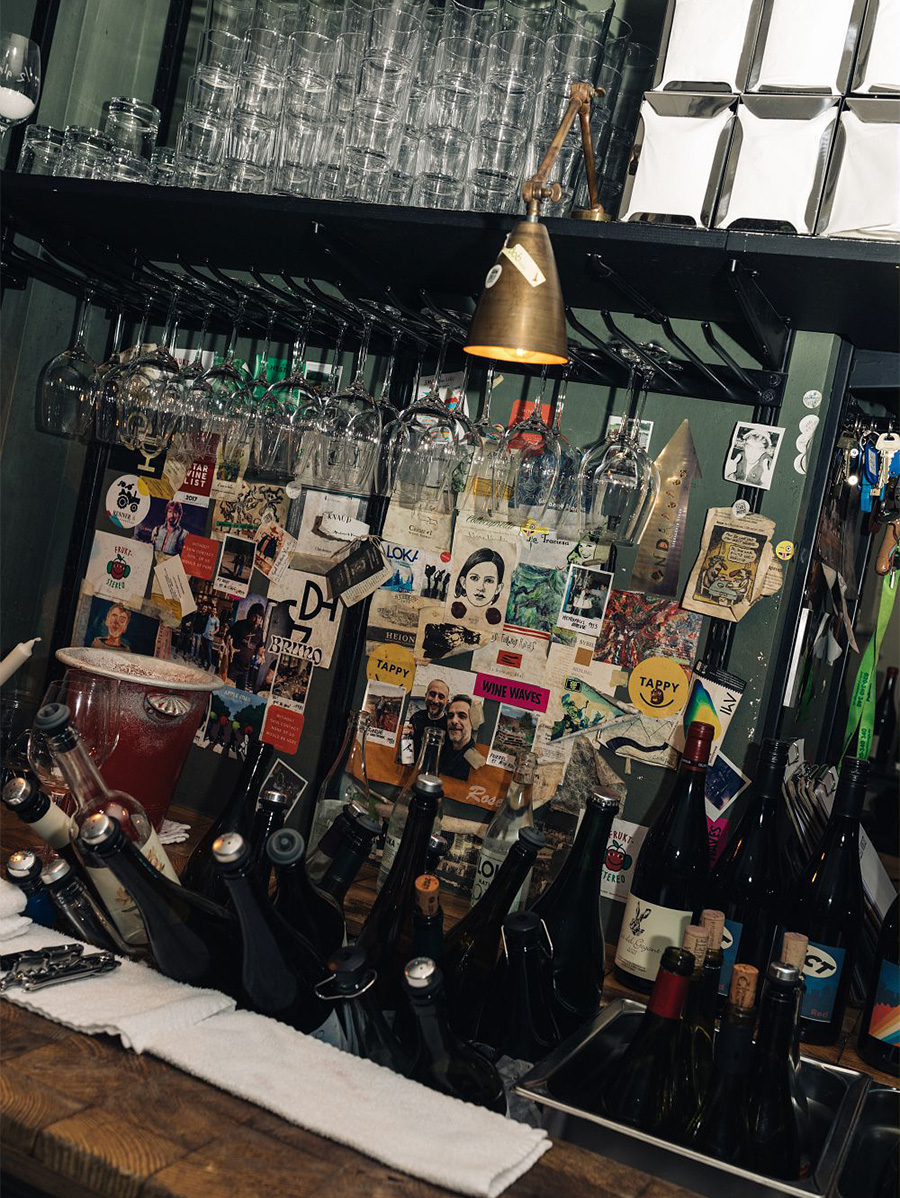
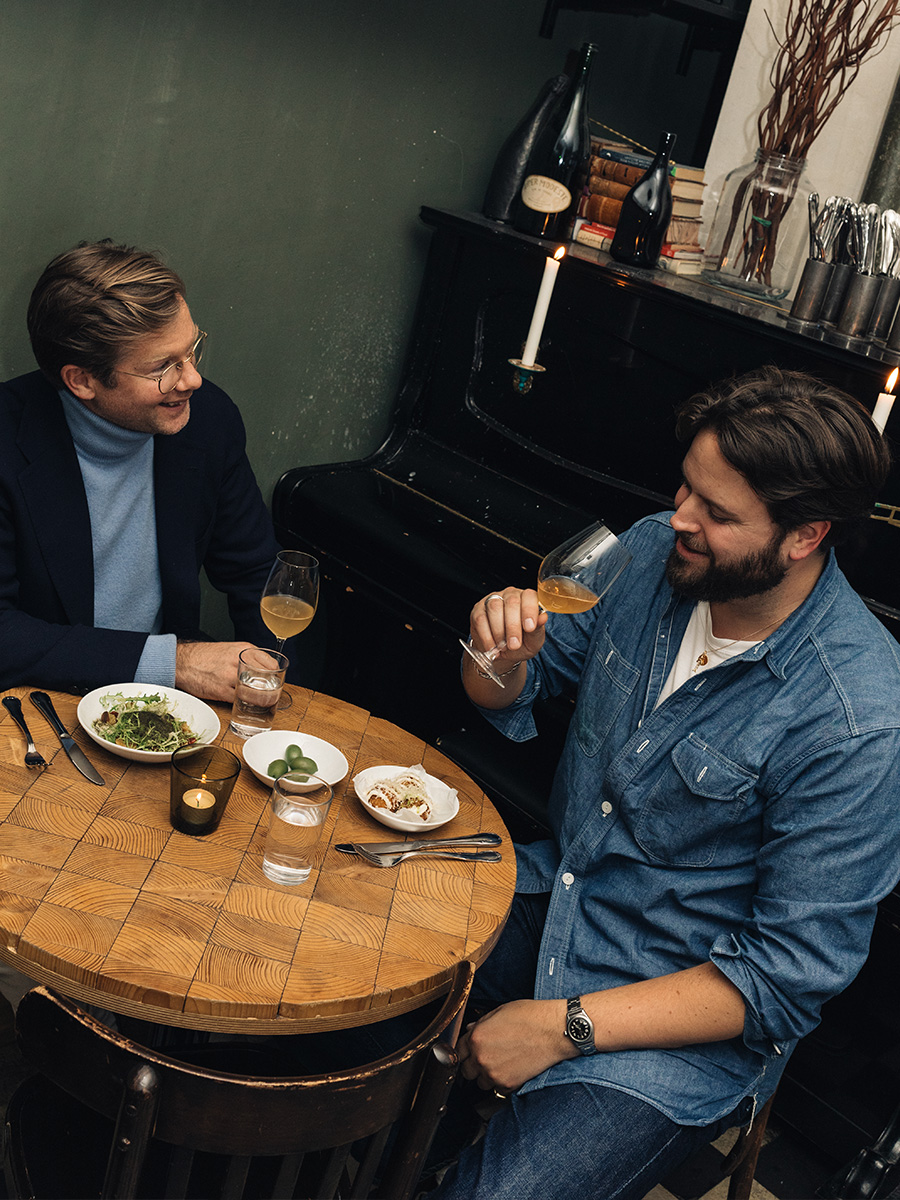
With similar interests and a mutual passion for classic menswear, it didn’t take long for the cogs to start turning, and for the two to break out on their own. “The idea of Rubato grew from our discussions about style and product,” Oliver explains. “Pretty quickly, we figured out the thing we wanted the most that we couldn’t find on the market was knitwear. That’s where we started in 2018. We mainly did it for ourselves. We didn’t really have an idea of this becoming a company that could support both of us.”
With a strong design aesthetic and an uncompromising attention to detail, it’s hardly surprising the brand took off. But it was a shock to Carl. “I remember I said something like, ‘If we sell five knits, I’ll be happy.’ It was huge, even having a website. Everything was just new and we were learning as we were doing and stuff. Then we went, ‘Oh, wow. We sold out.’ It helps that – like many of the more interesting brands of today – there’s a lore surrounding Rubato, whether through the iconic photography it puts out on Instagram, or the curated ‘Objects’ section of its website, which includes 1930s ‘jump hour’ wristwatches, mid-century furniture and rare books. It’s not just about clothes, it’s the lifestyle that goes with it.
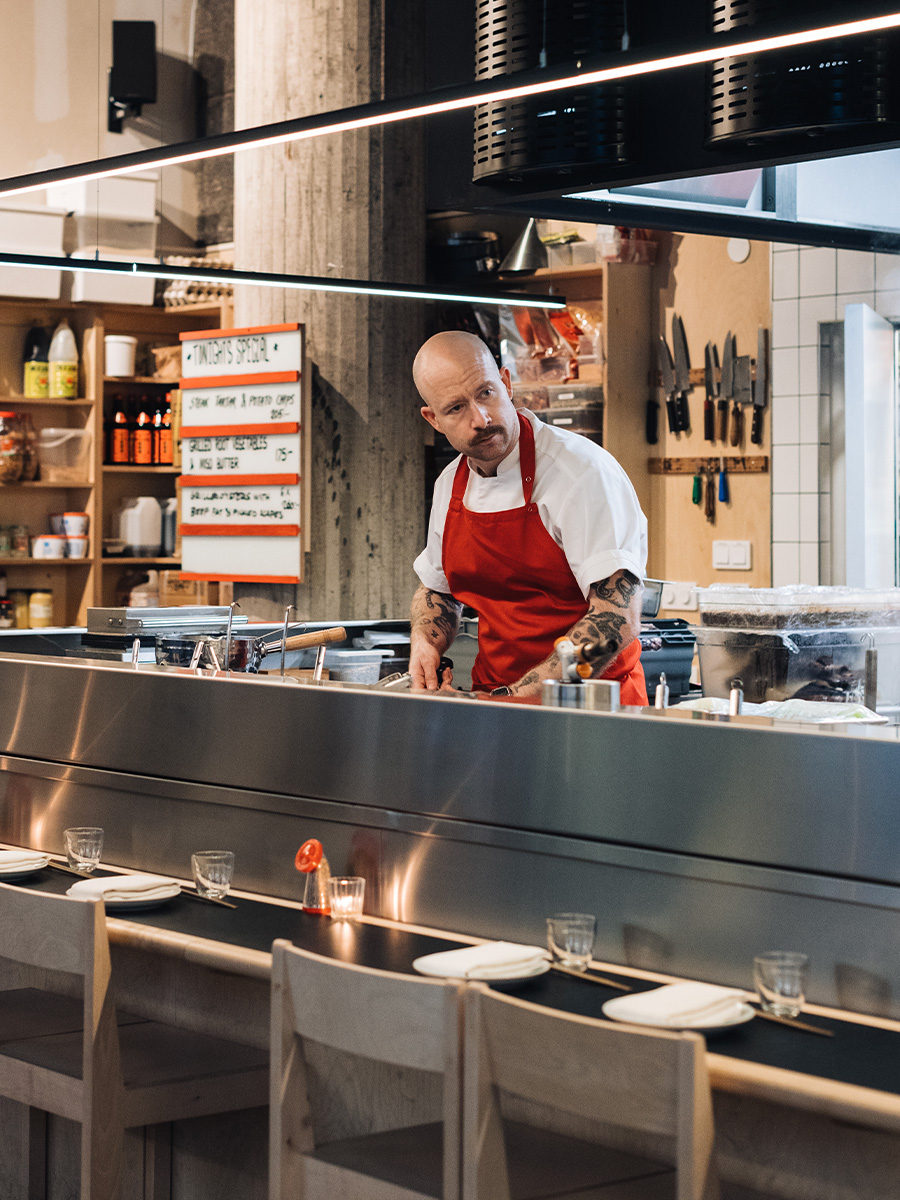
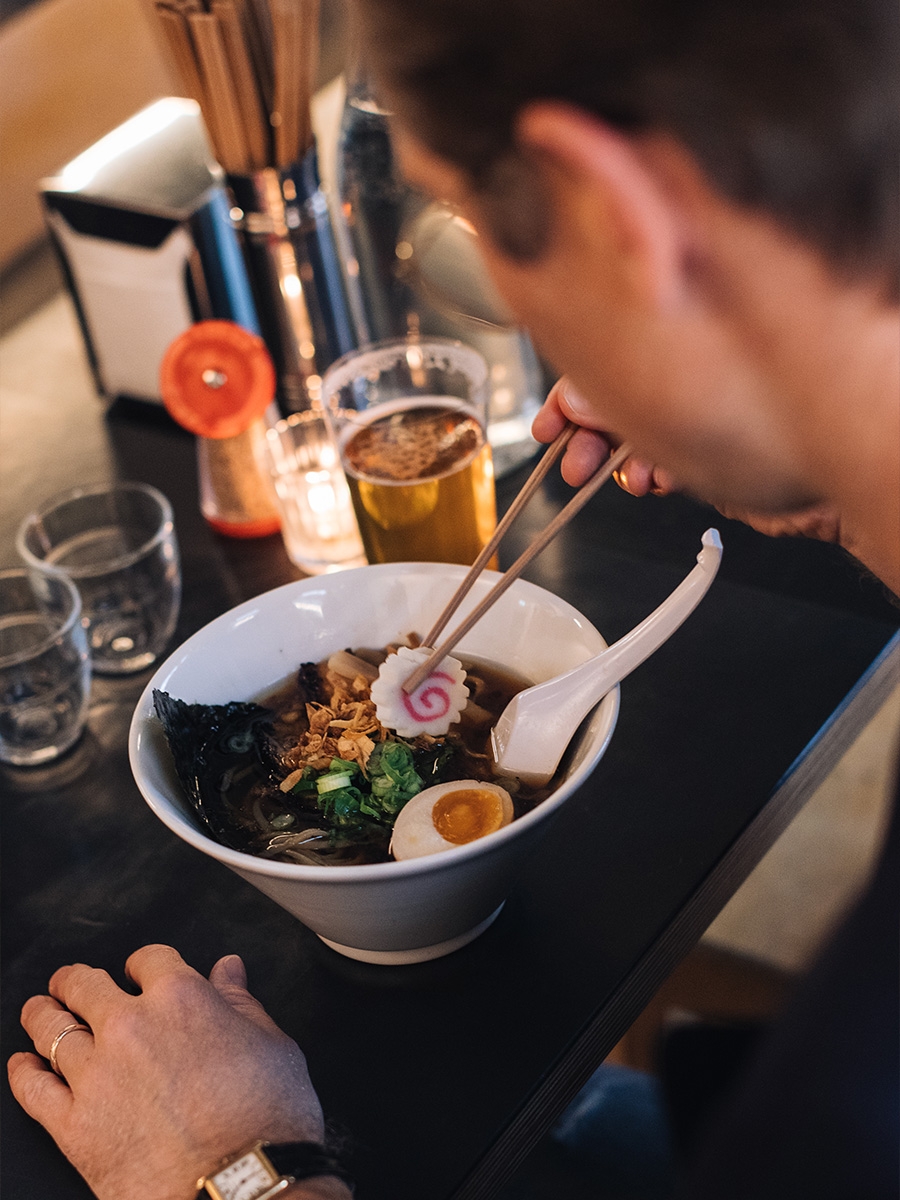
Carl sums this idea up well. “A lot of people think that inspiration for clothing can only come from clothing, but looking at beautiful stuff, or beautiful products, or beautiful objects, or even having a fantastic dinner for that matter, can be as inspiring.” Oliver goes a step further. “We’re free to explore whatever we feel is within the world of Rubato. There’s quality, there is beauty, there’s romance – everything that we feel has a place, has a place. It’s all about the emotions you can stir up from different things. Whether it be dinner, or talking to a friend about something completely different, or obvious things like art or architecture, which can influence our silhouettes.”
It’s clear both Carl and Oliver have broad interests, all tied together with their enviable taste and eye for the good stuff. When it comes to recommending things to see, do and eat in Stockholm then, you could do worse than follow their handy guide below.
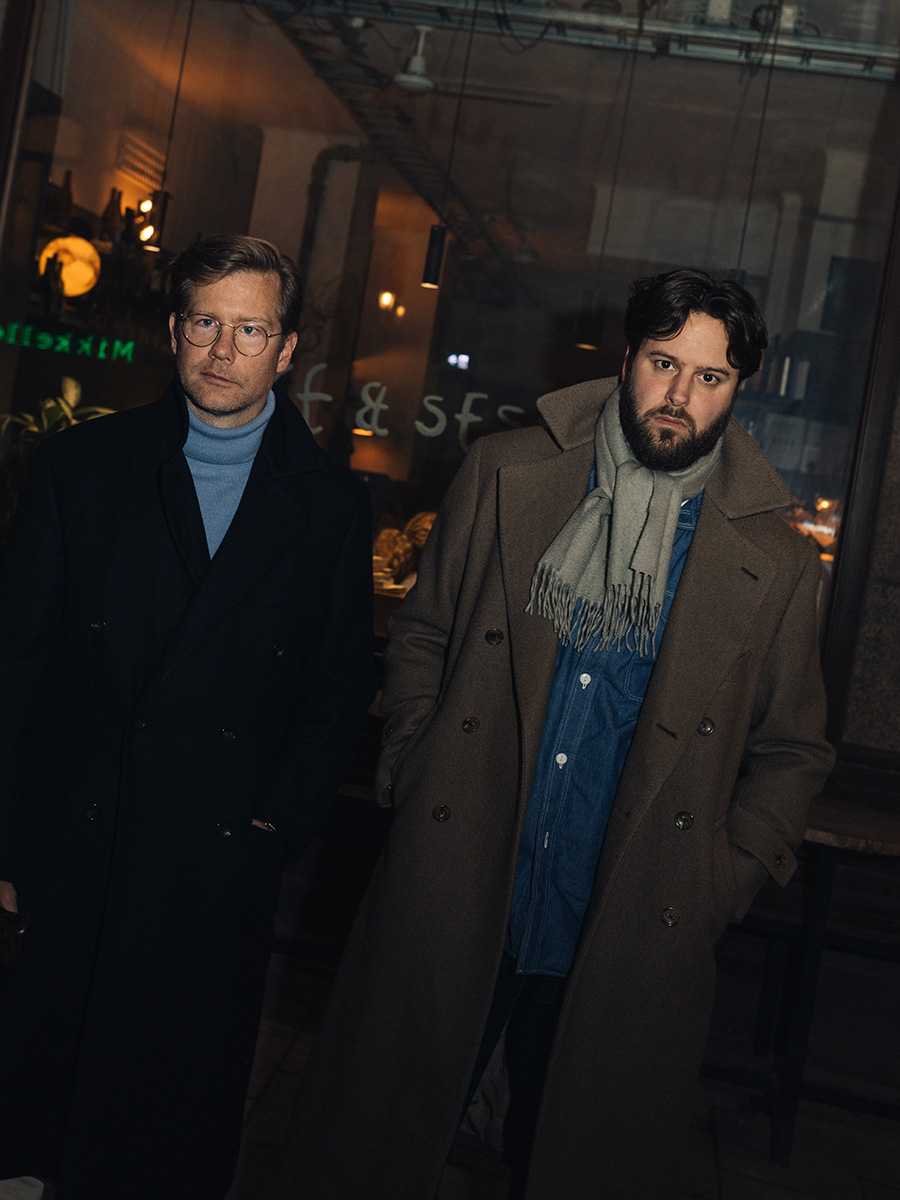
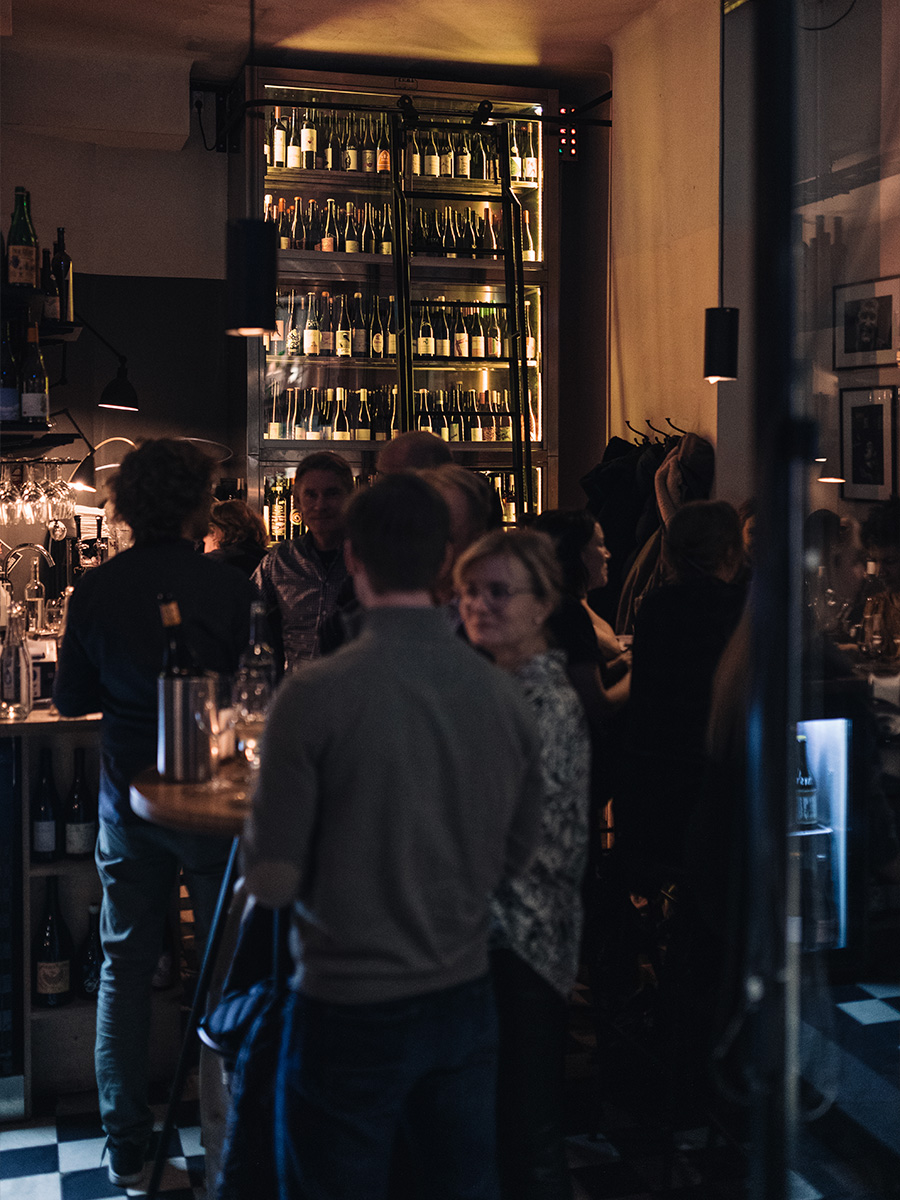
Carl and Oliver’s Stockholm
There’s this lovely new ramen place called Restaurant Tengu that opened in the former architectural school. It’s a brutalist building that was built in the late 60s. It created an uproar when it was built. People thought it was the most ugly thing that was ever built. There’s some pretty ugly buildings that were built in ‘60s Stockholm. This is not one of them. They have a good selection of wines and beers and everything. Since we’re almost always eating lunch there, we tend to just drink about 10 pints…
We’re kind of conservative when it comes to dinner. There are a lot of great places in Stockholm. We tend to opt for this sort of institution called Sturehof, which is based in the middle of Stureplan. It’s a very Swedish take on a sort of French rotisserie. It is a place where I took my 94 year old grandfather out for lunch. You can also go there with a bunch of guys and have beers and late night drinks. It caters to everyone.
To drink, we go to a wine bar that’s been open for a few years now, called Tyge and Sessil. They only serve natural wines and they’re amazing. The range of wines that they have, the small producers that they work with, they always have something that is really, really good.
Babette is the place where chefs go to eat. It’s a very nice place. It’s very contemporary. It is like a modern restaurant consisting of uncomplicated Swedish dishes, but super, super good. It’s not fussy. It’s very straightforward and honest.
There’s also Coco & Carmen and its sister restaurant, Punk Royale. The latter is a really strange, but fantastic place that opened in Södermalm a couple of years ago. They started serving dishes like garden snails, rural garden snails just chopped up into a tartar. They’d serve horse tartar wearing horse masks. One dish in 10 was disgusting, but most of them were actually fantastic. It’s super, super good.
Shop Rubato at atemporubato.com
Photography by Milad Abedi
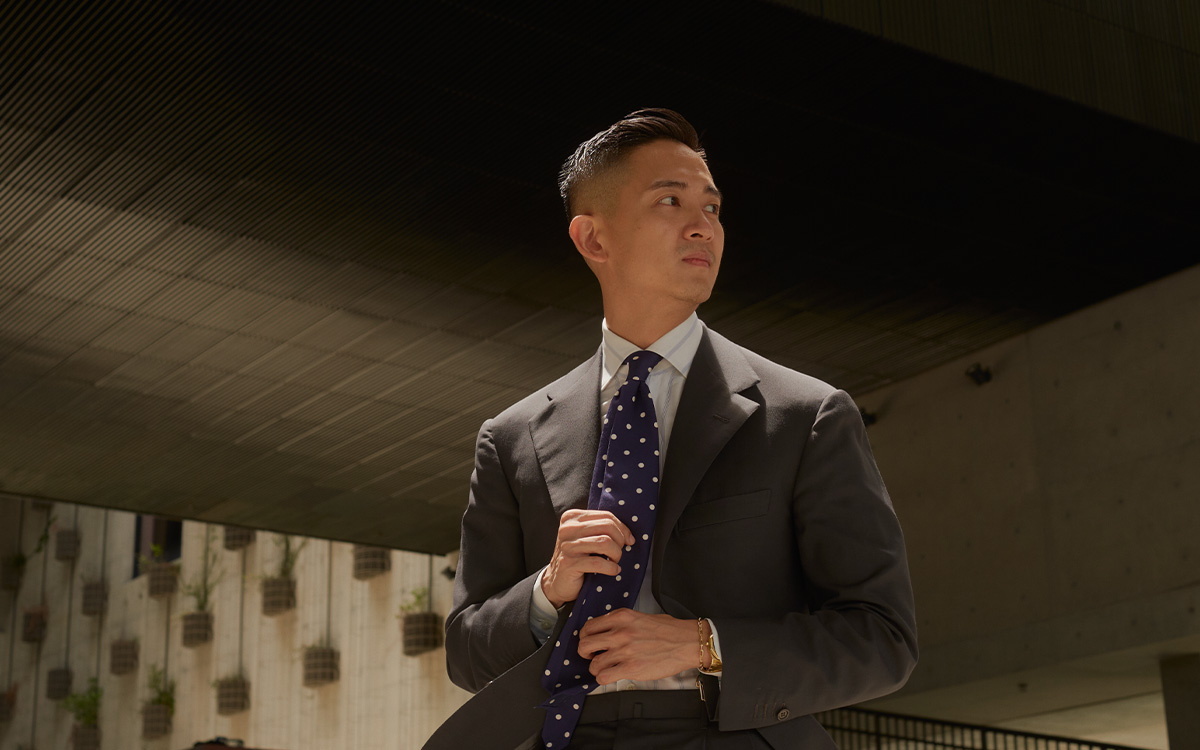
Take a tour through Alan See’s Hong Kong
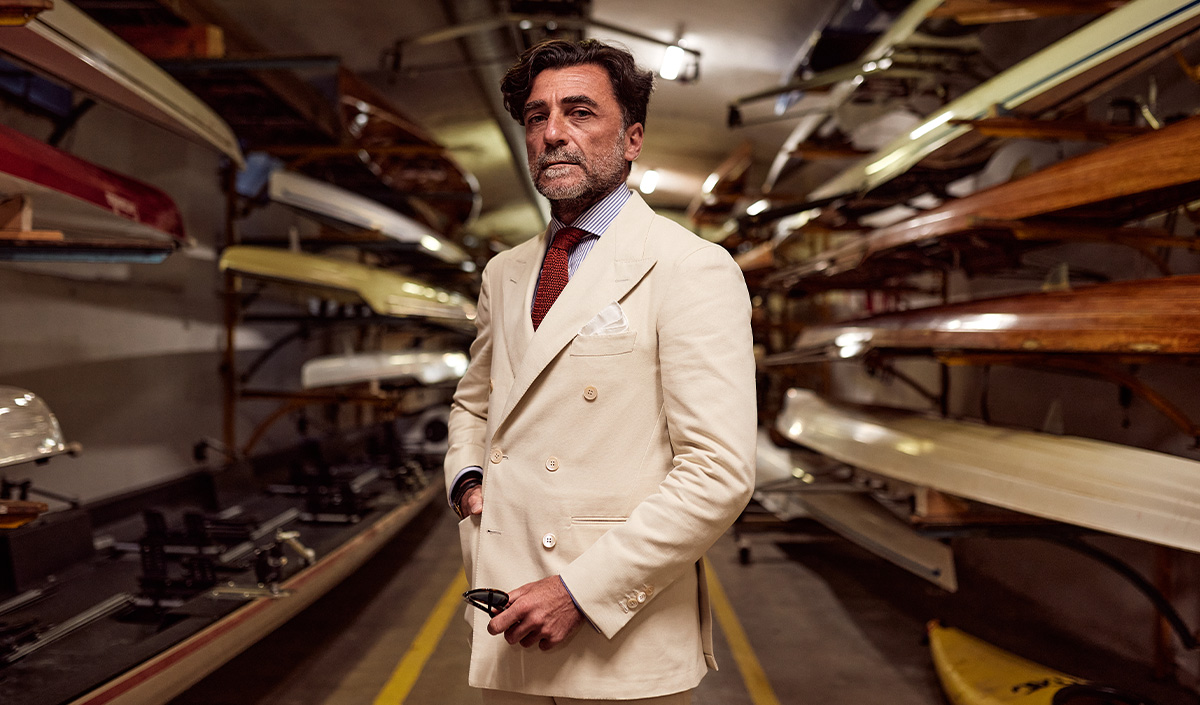
Tommaso Capozzoli’s Insider’s Guide to Florence
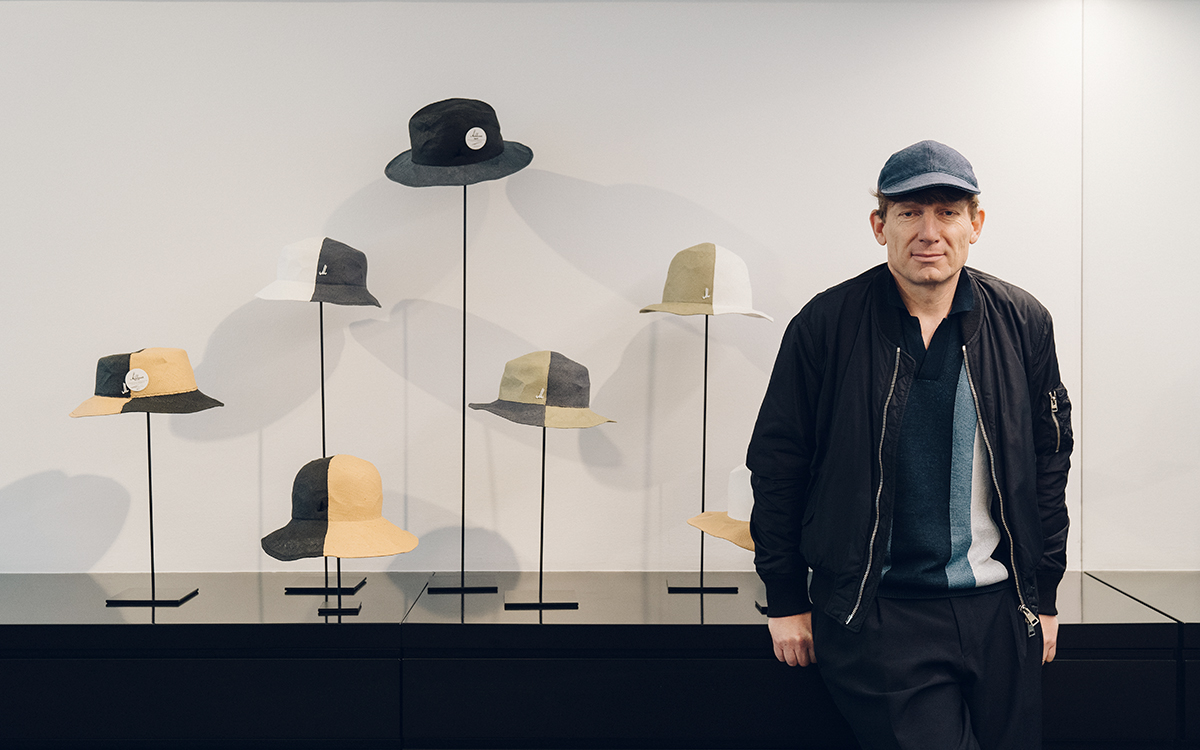
Klaus Mühlbauer’s Guide to Vienna
Cotonificio Albini S.p.A. - Via Dr. Silvio Albini 1, 24021 Albino (BG) – Italy
Società con unico socio - diretta e coordinata da Albini Group S.p.A.
P.I. 01884530161 - C.F. 08743540158 - Iscritta al Registro Imprese di Bergamo - REA 244649
Capitale sociale sottoscritto e versato € 11.170.960